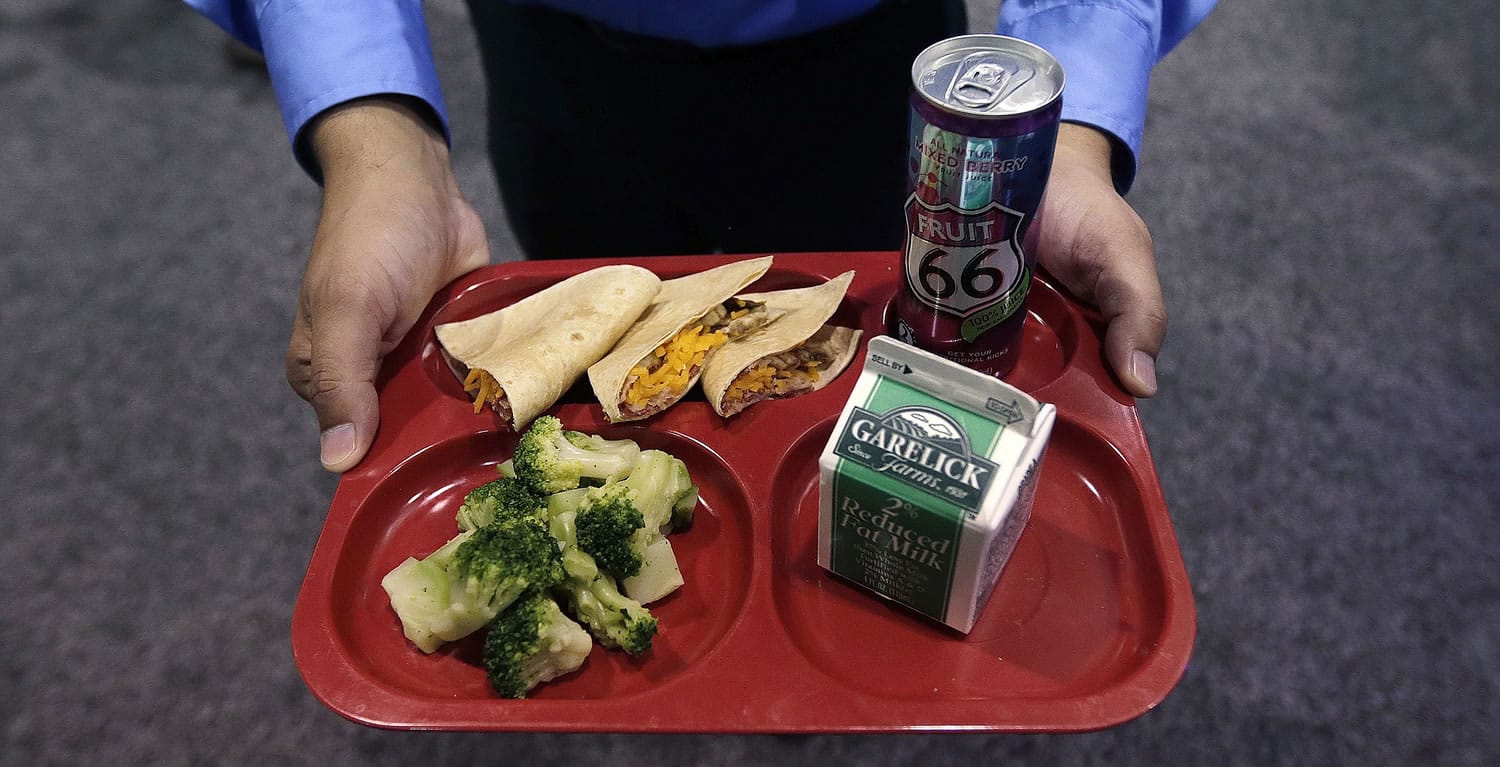BOSTON — Bean burgers, peanut butter substitutes and pre-sliced vegetable packets were on the menu Monday as school lunchroom managers from around the country sampled offerings in a hunt for fare that will meet stricter health mandates — without turning off sometimes-finicky students.
“I have my work cut out for me,” said Sara Gasiorowski, who was among the roughly 6,500 people attending a conference for school nutrition professionals at the convention center.
A director of food services for the school district in Wayne Township, Ind., she was looking for healthy, affordable breakfast options as her district expects higher dairy and produce costs.
This fall, new requirements from the U.S. Department of Agriculture will alter the makeup of school meals, calling for less sodium and more fruits and vegetables. Grain-based foods such as breads, tortillas, crackers and pastas will have to be rich in whole grains. Calorie, fat and sodium limits will be placed on snacks and drinks sold in school vending machines, snack bars and a la carte lines.



